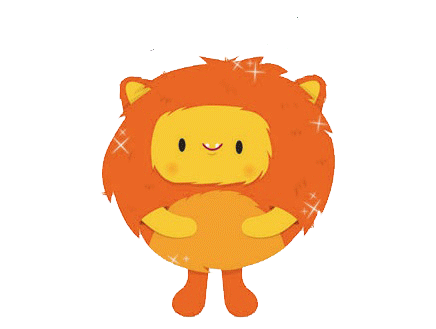Forest School


Forest School does not refer to an actual place; rather Forest School is the name of a specific ethos. It refers to the philosophy of enabling the children to experience a unique learning environment using a forest as a classroom. Forest school is a learning ethos that has grown and developed over recent years and it is currently not controlled or run by any one organisation. The first identifiable Forest School sessions started in the UK in 1995 and 2012 saw the launch of the Forest School Association (FSA) as a UK national body. It is now nationally recognized as an innovative approach to education. The forest school initiative in the UK is growing and becoming established as a part of many children’s lives at nursery or school. Forest School is a long-term process of frequent and regular sessions in a woodland or natural environment, rather than a one-off visit.
The aim is to support the development of a relationship between the child and the natural world, promoting the holistic development of all those involved, fostering resilient, confident, independent and creative children. The woodland fascinates the children and they develop an interest in the natural surroundings and respect for the environment.
Teamwork skills are developed through games and activities. Individual skills and self-esteem are heightened throughout activities such as hide and seek, shelter building, tool skills, or environmental art, the list is endless. Each activity develops personal skills as well as practical and intellectual skills. Forest Schools is a unique way of building independence, self-esteem and a positive attitude towards learning in children and young people as they explore and experience the natural world for themselves.

Forest School Activities
The children are taken to safe local woodland locations, free from traffic etc. At every visit I carry out a site risk assessment and ensure that all the children have the appropriate clothing and footwear and the site is safe and secure. I also check that there have been no major changes to the site since the last visit, which might cause problems.
Each visit is designed around a theme, such as building a den, craft activities and exploring the flora and fauna, thus providing the children with an opportunity in which to explore and discover the environment using their own imagination and initiative. I am frequently joined by other childminders and their children, so the children get the opportunity to interact with even more children of the same age group.
The following are examples of the sort of activities that we have done so far:
The Den
We originally built a free standing den, which sadly blew over in high winds. Now with a great deal of help from other forest users and the local rangers it has been re-built into a very substantial structure that is safe and secure. The children have created geometric shapes in the style of Andy Goldsworthy (A British sculptor, photographer and environmentalist). We have explored the surrounding area including hill walks and hill rolling.








Bear Hunt
After reading ‘We're Going on a Bear Hunt’ by Michael Rosen, we went on a ’bear hunt’ and the children had a teddy bears picnic using a plastic tea set and food for the soft toys they brought along. We read stories as we ate our picnic, We made a small charcoal fire and in a pot we cooked beans and sausages, and then toasted marshmallows on the charcoal. The children investigated other parts of the woods discovering wood sculptures, a wooden playground and wooden stairs up a hill side.. Footprints were created in the mud and on a ‘walkway’ of paper, which encouraged the children to compare sizes, patterns and stride. Clay faces have been made from the leaves and seeds we found.
"Mini Beasts"
We explored the local area looking for “Mini Beasts” in the nearby grasslands, streams and ponds. Using identification sheets the children were able to identify some of the bugs, ladybirds, woodlice, damselflies and butterflies, and the aquatic creatures that they found, such as, common newts, snails and pond skaters.
They were also able to investigate the environment in which the creatures lived.








Maps
Using very simple hand drawn pictorial maps of the area around the den the children were encouraged to relate the map to their surroundings and point out on the map where they were currently standing. They then used the map to plan a path between the main locations on the map e.g. the den, the conker trees and the bridge. This helped them to relate the words on the map to the locations and also develop their spatial awareness.
